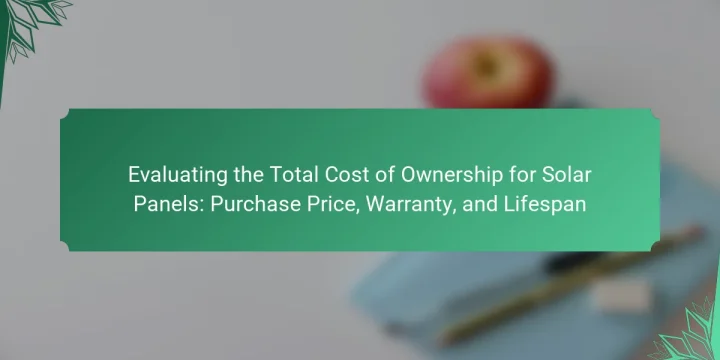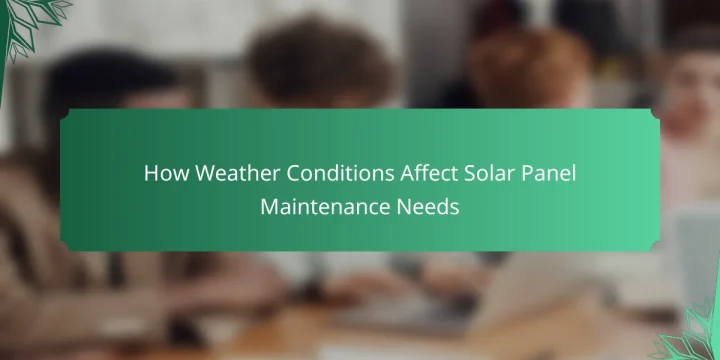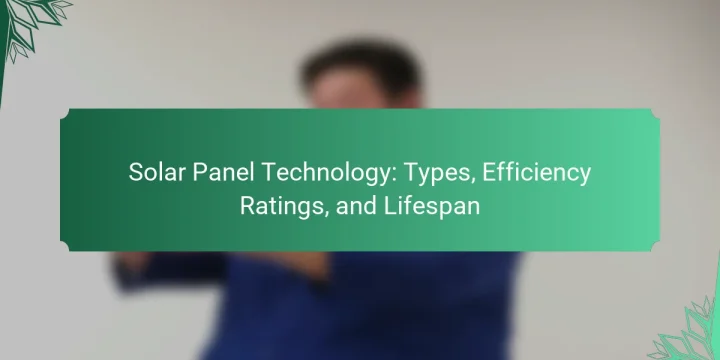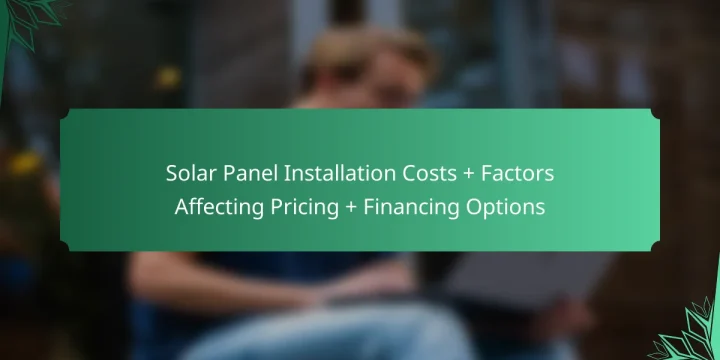
What is Commercial Solar Panel Installation? Commercial solar panel installation refers to the process of setting up solar energy systems for businesses and commercial properties. This installation involves the mounting of solar panels on rooftops or ground-mounted systems to harness solar energy. The primary goal is to generate electricity that can be used to power the business, reducing reliance on grid energy. Typically, these systems are designed to meet the energy needs of larger facilities, often producing significant amounts of power. According to the Solar Energy Industries Association, commercial solar installations have increased by over 20% annually in recent years, highlighting their growing popularity. The installation process includes site assessment, system design, permitting, and actual installation of solar panels and inverters. How does Commercial Solar Panel Installation work? Commercial solar…








